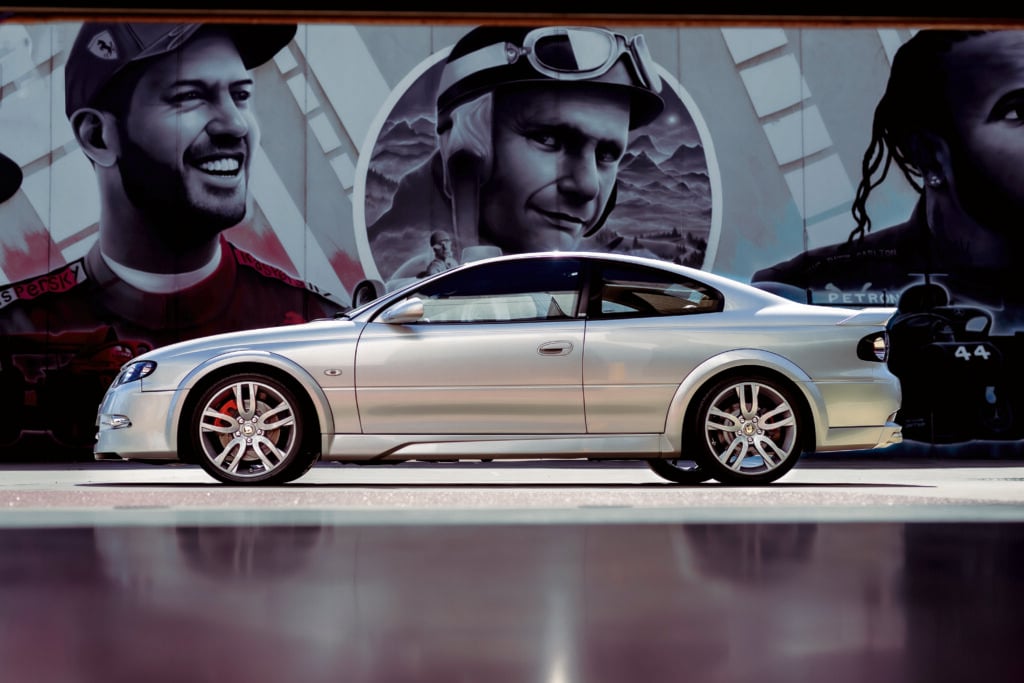The new Mercedes-AMG C63 S comes with nine-stage traction control, a curious gadget pinched from the AMG GT3 racer and first seen, on a road car, in the AMG GT R.
Sitting in the car at the launch in Germany this month, we ogled the black rotary controller, mounted on the steering wheel and with its own little colour LCD screen.
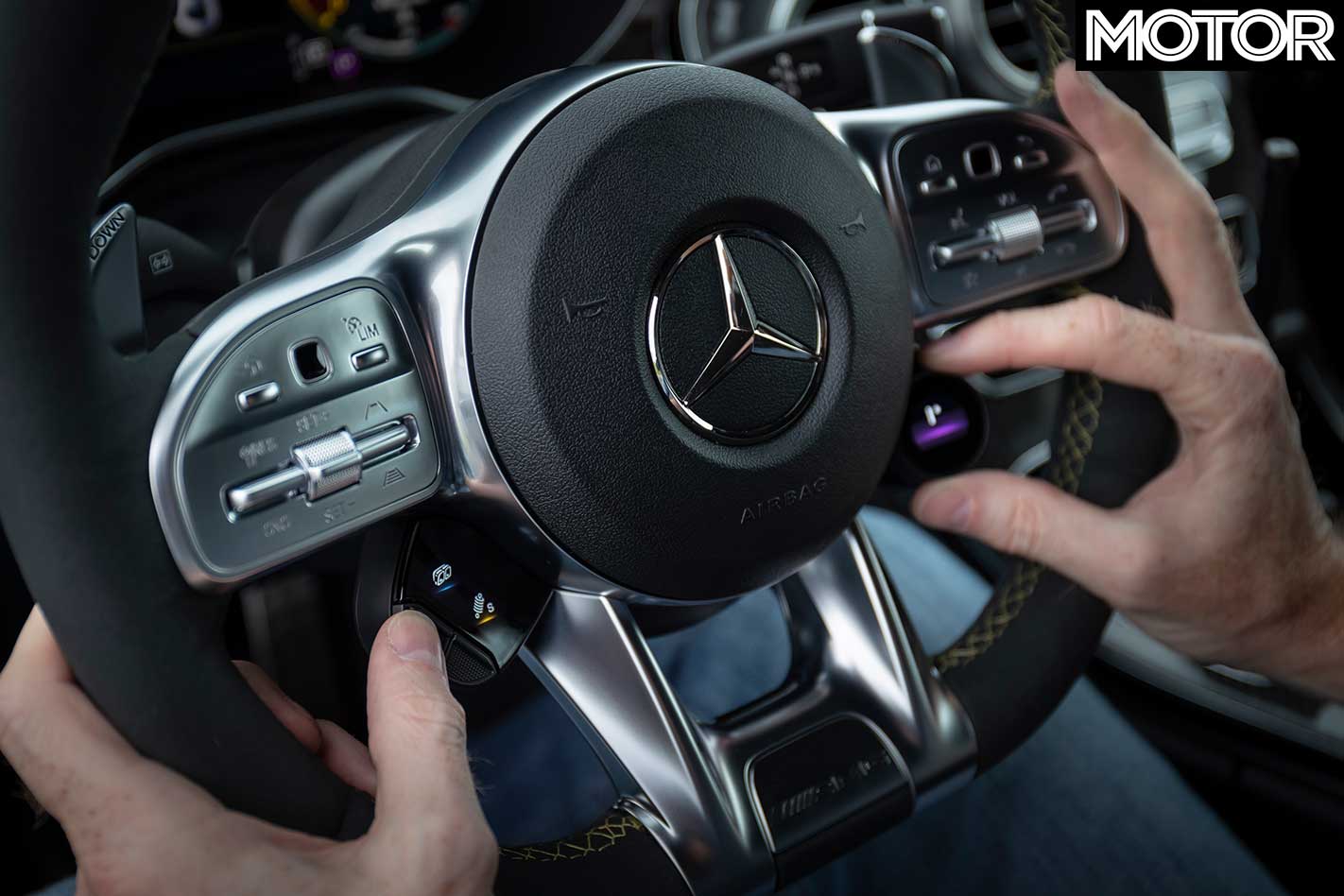
When you turn the ESP all the way off, a number illuminates in this display denoting the TC setting. And with every click towards nine, more of the C63 S’s 375 twin-turbocharged V8 kilowatts are ceded to your right foot. You can read more about how it works in our feature drive of the C63 S facelift in the September issue of MOTOR, but we can say it is pure glee playing with this toy, like Santa Claus himself was consulted by AMG prior to updating this car.
There’s nothing more annoying than an obtrusive ESP system. But it made us think, if you can’t turn these systems off – ESP in particular – and not crash, is it really wise to be peeling them back on the road? Because people will.
Anybody who buys a C63 S, or any new performance model with cutting-edge ESP/TC that can be semi-deactivated, should be able to have a big dig on a racetrack with these systems fully off before they start touching them on the road.
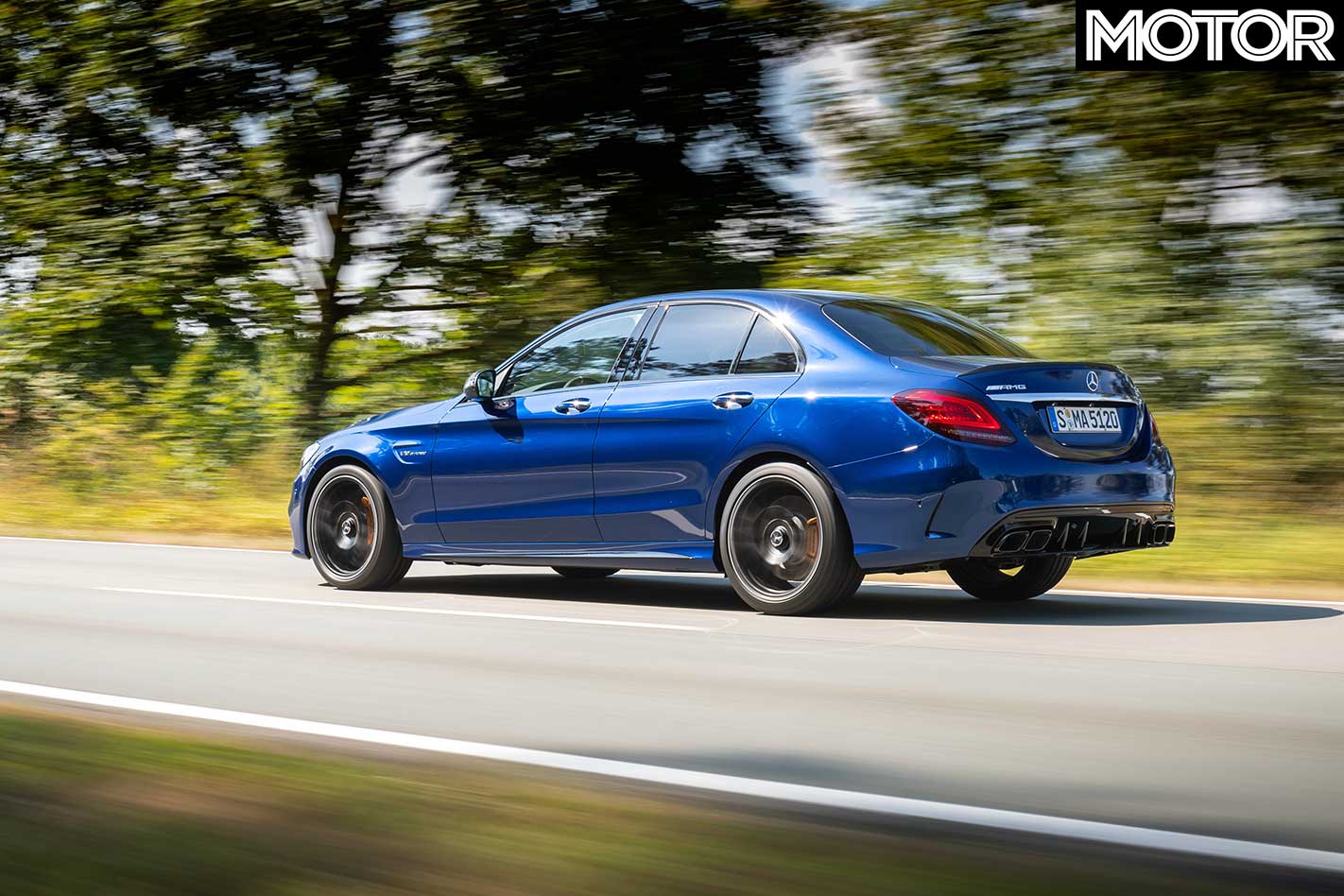
The best systems are like oversteer training wheels – if you’re on a racetrack. On the road, they are best treated like a pair of hands hovering over your hips as you balance on a tightrope. But you’ve got to be able to balance on your own, and anyone who can walk a tightrope will tell you that a lot of practice is required, very near to the ground – and a lot of falling off.
This is as good as any excuse to get yourself to the track, replacing perhaps a blinking ESP light with a driving instructor in the passenger seat. And the interesting thing about doing skids on a track, or a skidpan – whether it be vaporising rear tyres in a car like a C63 S, or going max pucker in some flighty front-driver – is that you don’t miss oversteer back on the road. Or you shouldn’t.
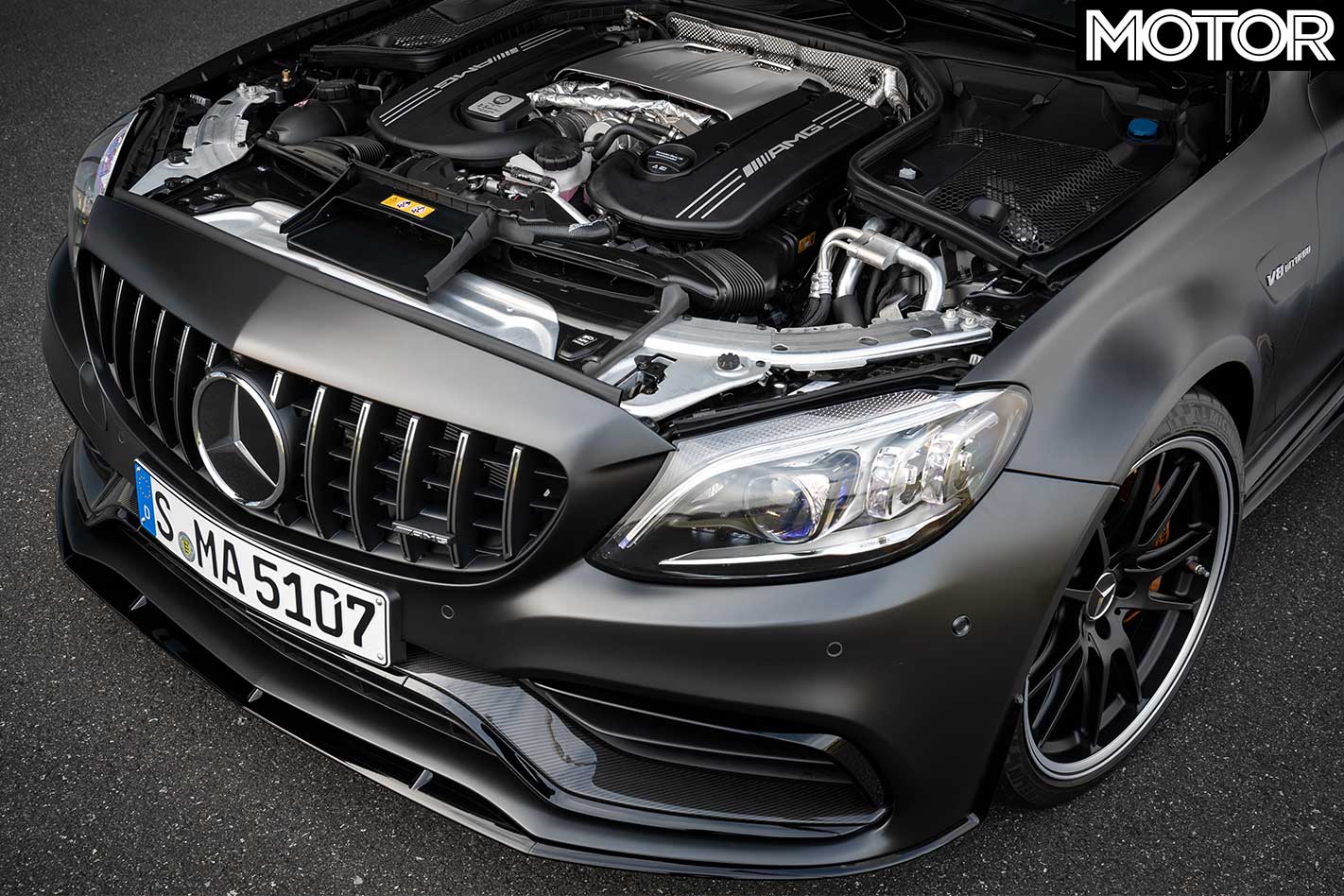
Once you are very familiar with what oversteer feels like and how exciting it is, when you’re back on a remote, twisty road, you are likely to find more than enough enjoyment in driving cleanly and accurately, enjoying the rush of scenery past the windows and the excitement of high engine speeds, the thrill of acceleration, perhaps a little nudge of understeer here or a fraction of open steering leaving a corner there – but always with a fat, juicy safety margin built in.
You never know when you’ll round a corner to find a cyclist in the middle of the road. Or a wombat. Or that a tipper has spilled gravel all over a fast corner since you last drove it. The ESP becomes a back-up.
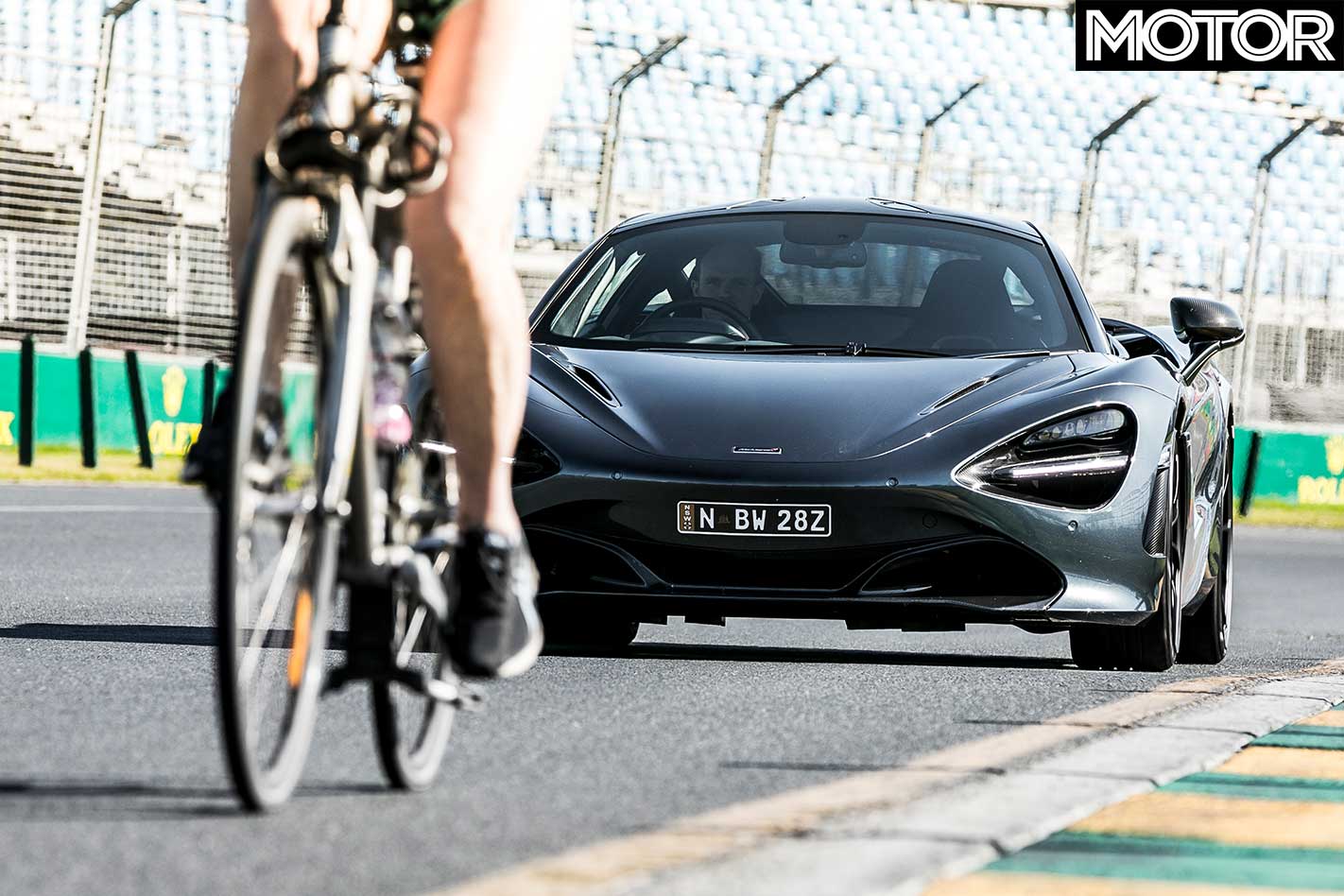
Of course, all this applies less to those who’ve been having a go since before ESP (or ABS…), having already habituated a margin of error when going for a drive on the road, and will likely appreciate the extra safety net of a Sport ESP setting.
But if you’ve just bought a fast car and it’s all a bit new, head to a track, wind those fancy electronics back from fully on to fully off during multiple sessions or even days, and in the process, learn how to drive fast without crashing, and then learn how to try to extricate yourself from a bad situation. Then ESP becomes those hovering hands. Know your arithmetic before using a calculator.
Hire karting can be useful as well; it’s relatively cheap and the physics are the same, just downsized. Whatever your method, make ESP/TC your servant, but never your master.



